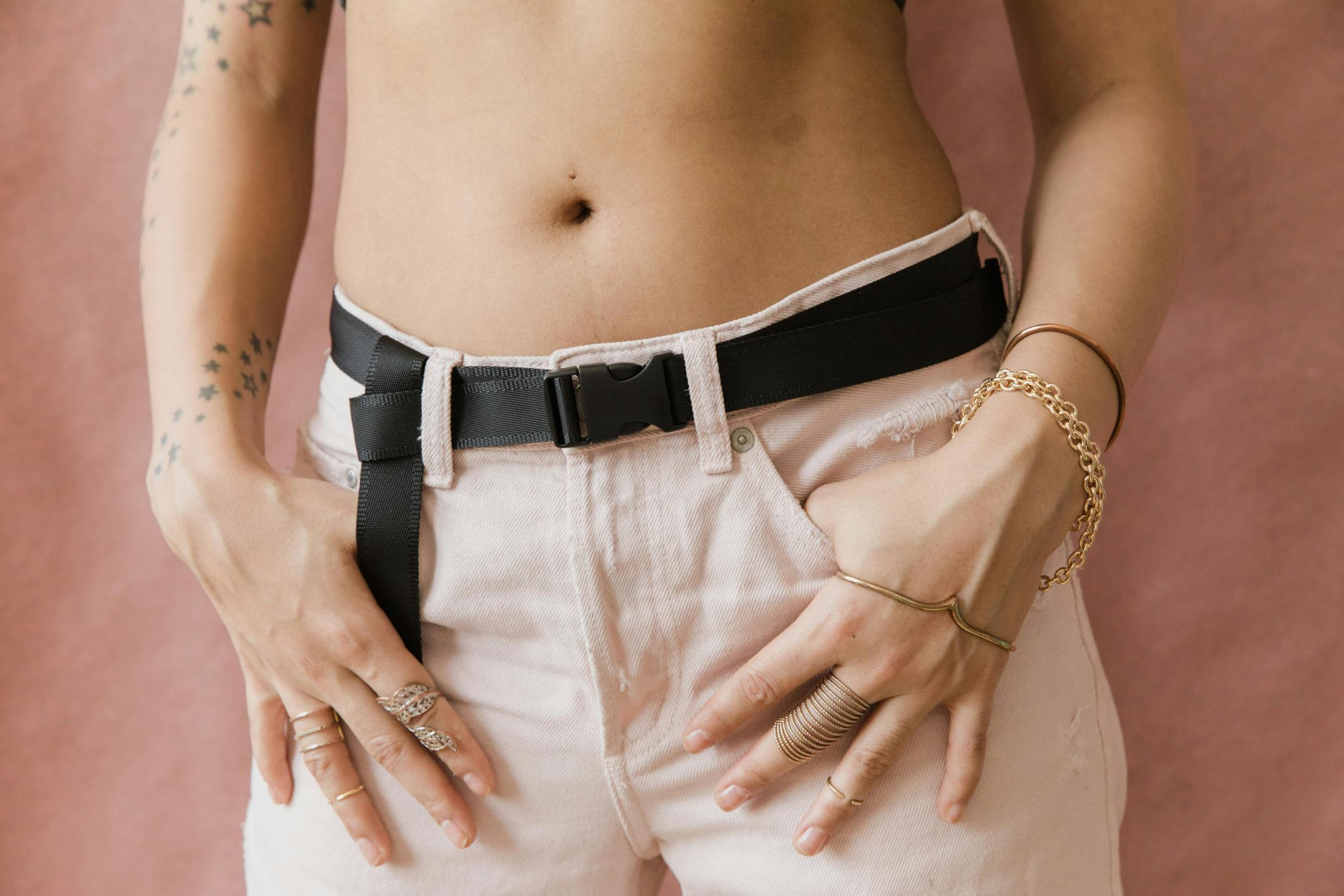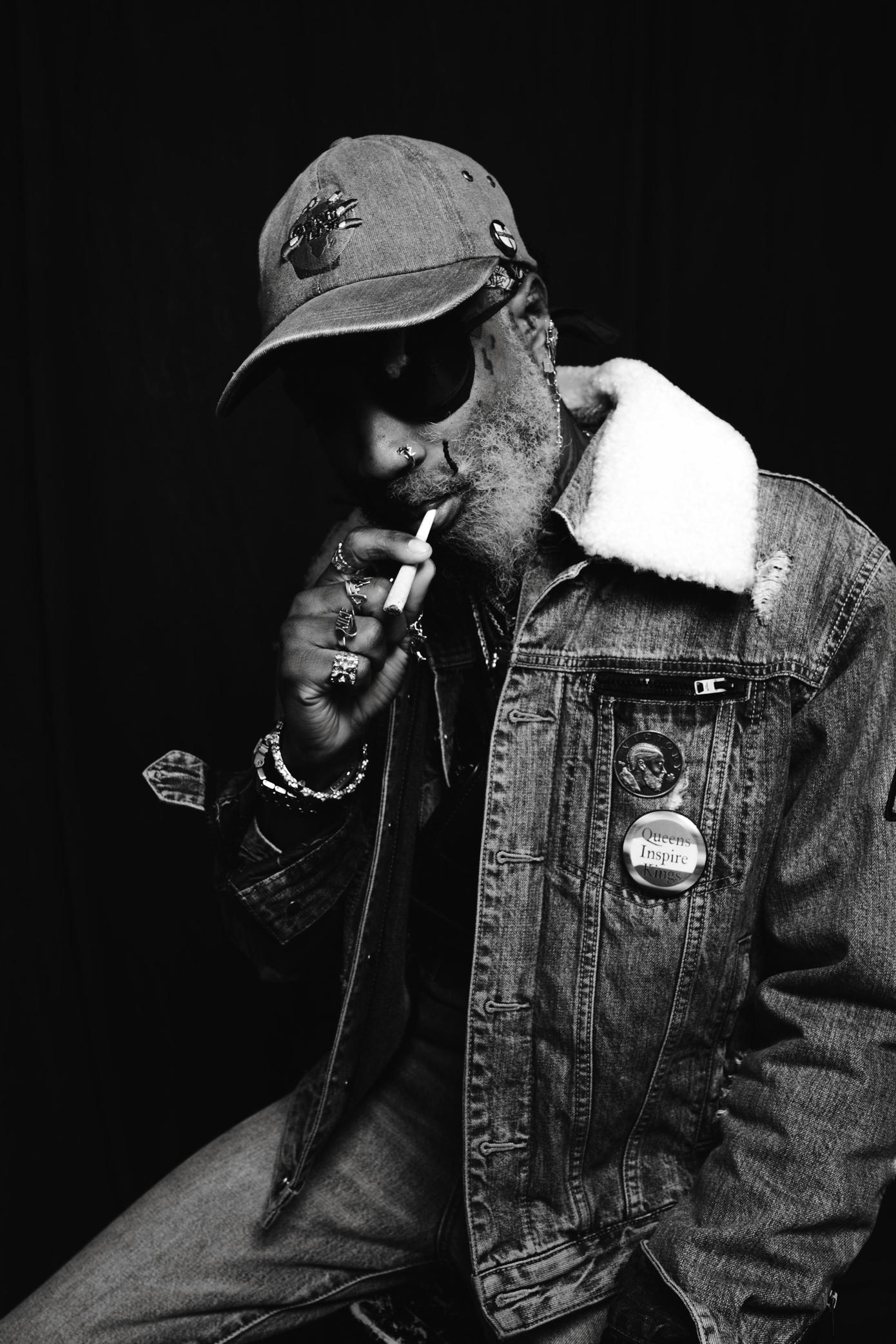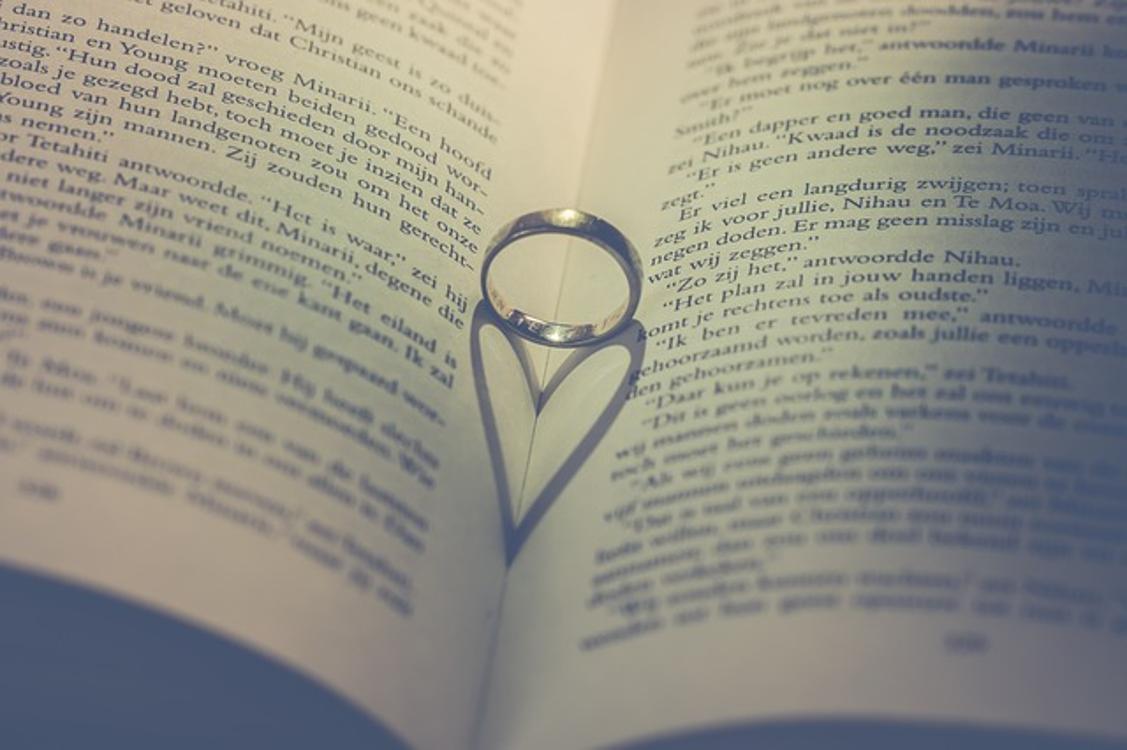Introduction
Belly button rings are a polarizing topic. Some people see them as a fashionable statement, while others view them as distasteful. This blog will delve into the history, cultural significance, and modern-day perspectives on belly button rings. Through examining these aspects, we aim to provide a balanced view that addresses various opinions and concerns. Whether you’re considering getting one or just curious, understanding the multifaceted nature of belly button rings can help you form a well-rounded opinion.

The Evolution of Belly Button Rings
The journey of belly button rings from ancient times to contemporary fashion staples is fascinating. These adornments have roots in different cultures and periods. For instance, in ancient Egypt, belly button rings were a symbol of wealth and status, worn by royalty and those in high positions. They were crafted from gold and adorned with precious stones, signifying a form of extravagance.
In the 1990s, belly button rings took a leap into mainstream fashion. Influenced massively by pop culture and celebrities like Britney Spears and Christina Aguilera, they became emblematic of youthful rebellion and self-expression. Fashion catalogs and music videos showcased this trend, making body piercings more socially acceptable and widespread.
Today, belly button rings continue to evolve, with various styles and materials available to fit different tastes. From minimalist hoops to intricate designs, they cater to diverse aesthetic preferences. This evolution signifies that belly button rings are not just a fleeting trend but a lasting form of personal and cultural expression.

Cultural Significance Through The Ages
Belly button rings carry different meanings across cultures and time periods. In ancient civilizations like Egypt, they were markers of social status and beauty. The elite adorned themselves with these rings as a symbol of power and divine favor.
In the indigenous tribes of North America, body piercings, including belly button rings, had spiritual significance. They were believed to establish a connection with the Earth and higher spiritual realms. This suggests that belly button rings have long held a deeper meaning beyond mere decoration.
In modern Western culture, their significance has shifted largely toward individualism and fashion. They are often seen as symbols of personal freedom and defiance against societal norms. To some, wearing a belly button ring represents taking ownership of one’s body and choices, making it a potent statement of self-identity.
Modern-Day Perspectives
Opinions about belly button rings today are varied. On one hand, they are seen as chic and trendy. Young individuals, particularly women, embrace them as a form of body modification that enhances their look and reveals a daring personality. Social media platforms like Instagram and TikTok are filled with enthusiasts flaunting their belly piercings, which has played a role in normalizing and popularizing them.
On the other hand, some people hold more conservative views. They perceive belly button rings as inappropriate or vulgar, associating them with negative stereotypes. This view is often rooted in traditional values and a less liberal outlook on body modification.
Despite these polarized opinions, the acceptance of belly button rings continues to grow, reflecting a broader cultural shift toward body positivity and acceptance of diverse expressions of beauty.
Addressing the Negative Stigma
The negative stigma surrounding belly button rings largely stems from misconceptions and cultural biases. Often, they are unfairly judged based on outdated notions of propriety and decorum. However, times have changed, and so have societal norms.
Addressing these biases requires a collective effort to understand and respect personal choices. By encouraging open-mindedness, society can move past superficial judgments.
Breaking Stereotypes:
- Education: Raising awareness about the history and significance of belly button rings can help dispel myths and stereotypes.
- Positive Representation: Mainstream media and influential figures can play a pivotal role in changing perceptions by showcasing belly button rings in a positive light.
- Personal Stories: Sharing personal experiences and stories about why individuals choose to get belly button rings can humanize this form of body art, fostering a more accepting environment.
Medical and Practical Considerations
Before getting a belly button ring, it’s crucial to be informed about the medical aspects and aftercare. Proper piercing techniques and sterilization are essential to minimize the risk of infections. Always choose a reputable piercing studio that follows stringent hygiene practices.
Health Risks:
- Infections: Inadequate care can lead to bacterial infections, causing redness, swelling, and discharge.
- Allergic Reactions: Some individuals may react to certain metals. Hypoallergenic options like titanium or surgical steel are safer choices.
- Migration and Rejection: The body may sometimes push the jewelry out, especially if the piercing isn’t deep enough.
Aftercare Tips:
- Cleaning: Use saline solution to clean the piercing daily.
- Avoid Irritation: Refrain from touching the piercing frequently and avoid tight clothing that may irritate the area.
- Monitor Healing: Follow your piercer’s advice, and keep an eye out for any signs of complications.
Understanding these considerations helps ensure a safe and positive experience.

Personal Stories and Opinions
Personal stories offer insight into the diverse reasons people choose belly button rings. For some, it’s an aesthetic choice, a simple way to enhance their appearance. They feel it adds an edge to their style and allows them to express their unique identity.
Others see belly button rings as markers of significant life events. For example, a person might get one to commemorate a milestone birthday or a personal achievement. In these cases, the belly button ring serves as a tangible reminder of their journey and growth.
There are also stories from individuals who faced judgment or discrimination because of their belly button rings. These narratives reveal the societal biases that still exist and emphasize the importance of fostering acceptance and understanding.
Conclusion
Belly button rings are more than just a fashion statement; they are a blend of historical richness, cultural significance, and personal expression. Though opinions on whether they are ‘trashy’ or not vary, what remains clear is their enduring popularity and evolving meaning. By examining the various perspectives and considering the practical aspects, we can form a more nuanced understanding of belly button rings. Ultimately, the decision to get one should be based on personal preference and informed choice.
Frequently Asked Questions
What is the history behind belly button rings?
Belly button rings date back to ancient Egypt, where they symbolized wealth and status. They’ve evolved through the ages, gaining popularity in the 90s due to pop culture and now serve as symbols of individual expression.
Do belly button rings affect job prospects?
In some conservative workplaces, visible piercings might be frowned upon. However, attitudes are changing, and many modern work environments prioritize skills and qualifications over personal appearance.
What are the health risks and aftercare tips for belly button rings?
Health risks include infections, allergic reactions, and migration. Proper aftercare involves cleaning with saline solution, avoiding irritation, and monitoring the healing process. Always choose a reputable piercer to minimize risks.
